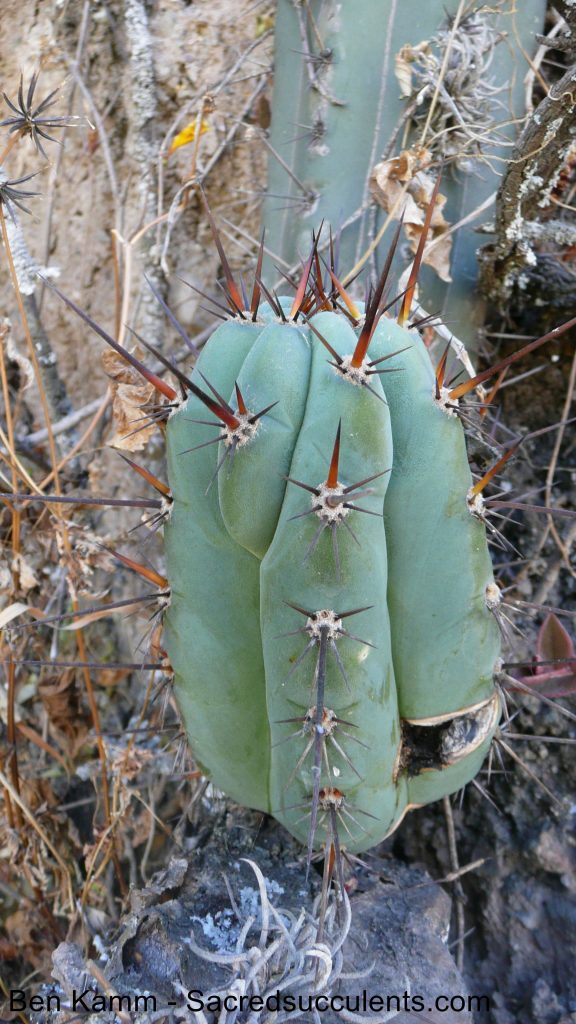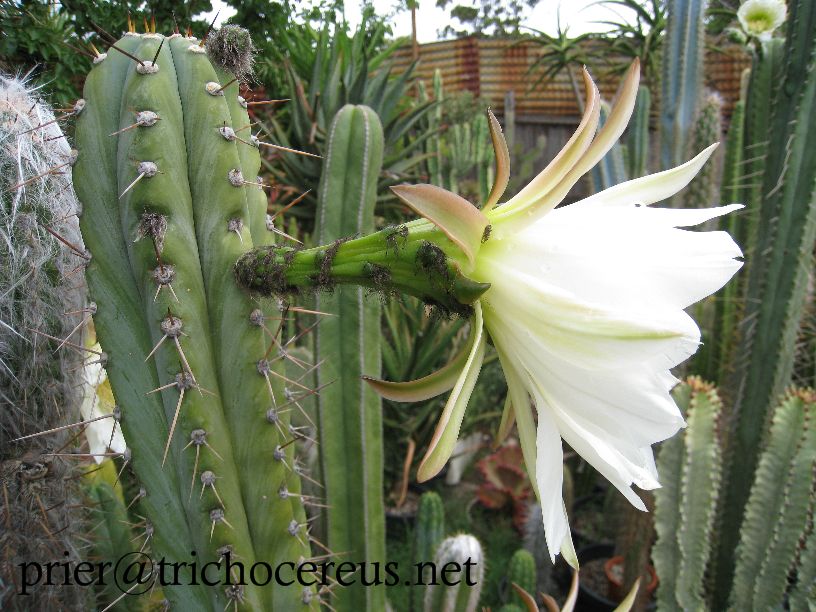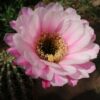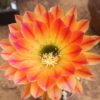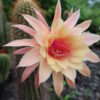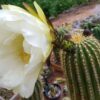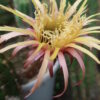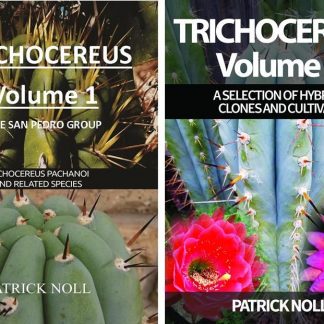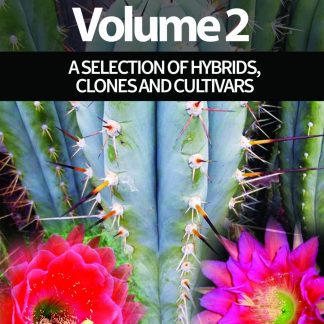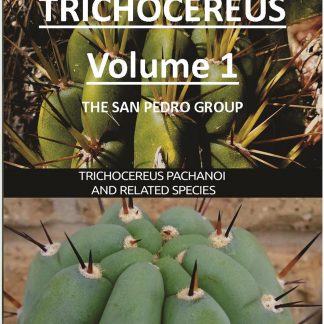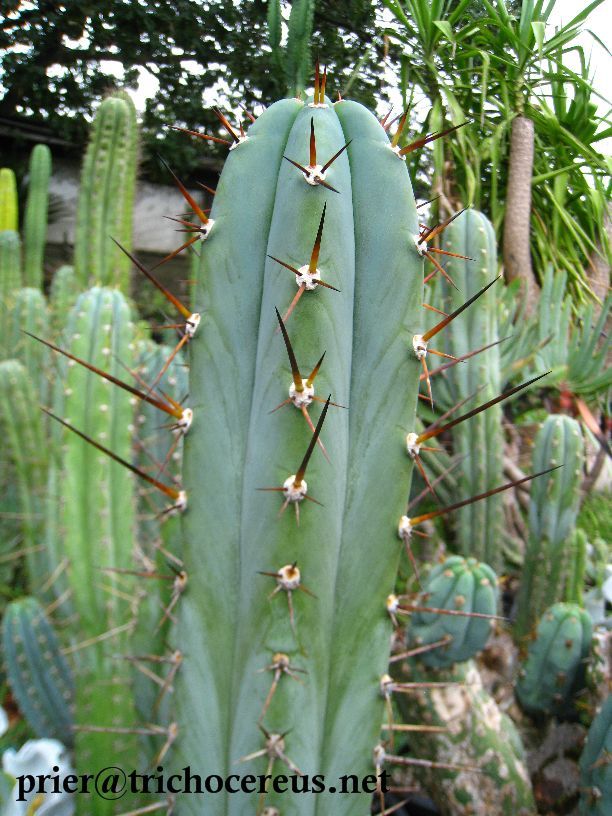
The Trichocereus peruvianus clones Rosei 1 & Rosei 2 are among the most interesting Trichocereus cultivars out there. Both are very glaucous with a dark blue skin. They have yellow or dark brown spines that often have black tips. The old spine growth looks very gray and the areoles are covered with very fine, white…

